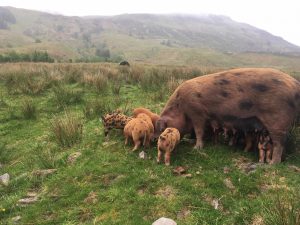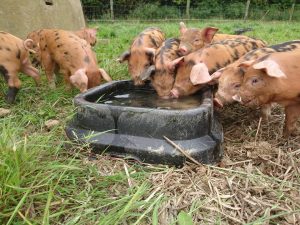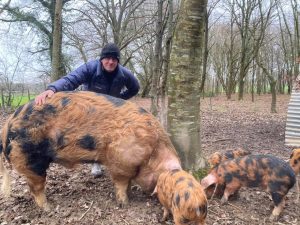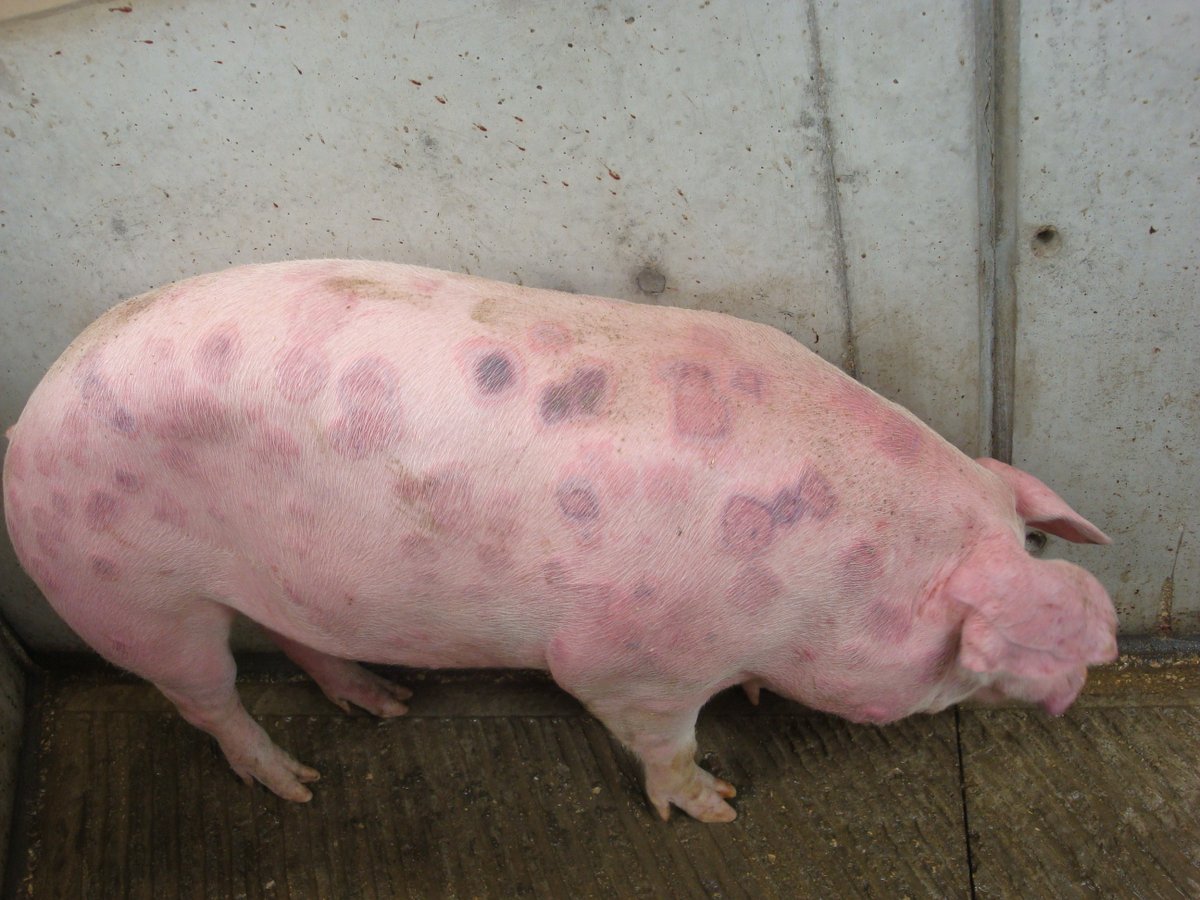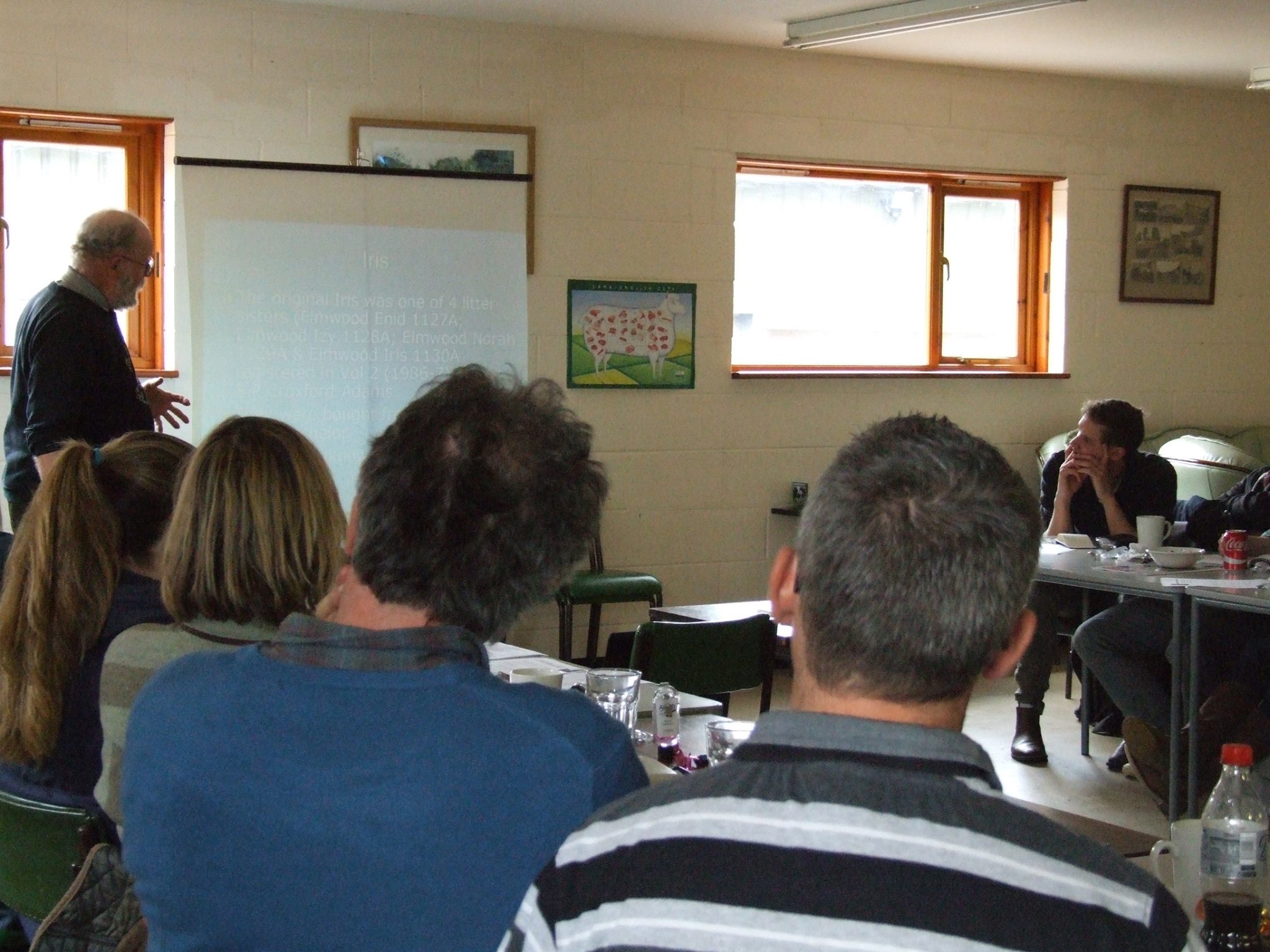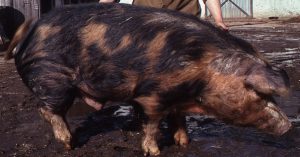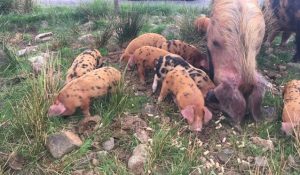
It’s always busy and fun at the Oxford Sandy and Black Pig Group Foundation Charity. We introduced one of our exciting new projects, the OSBPG Genetic Spread Allowance, which has proved very popular with our breeders. By following certain guidelines we are able to help introduce new bloodlines and spread the vital genetics geographically around the UK. Fiona and Tristan MacLennan did just that.
August 2020 Fiona & Tristan MacLennan took a journey totalling 22 hours to introduce bloodlines not yet in Scotland. With their commitment and dedication and the help of the OSBPG Charity it was triumphant. We had to get it right, with many phone calls, messaging, who had what, who had boars, who had gilts were they related and most importantly, working with C-19. Could it work? YES it can!
Their journey started at 04:30 hrs on a Saturday morning from Argyll in the beautiful Scottish Highlands, to their first stop, Wales. Then they headed North to Lancashire, with the final leg of the journey and the last pick up at Dumfries. Eventually they arrived home and fell into bed at 02:35 hrs Sunday morning! Social distancing, hand sanitising and facemasks were all adhered to successfully.
The bloodlines introduced into Scotland is a monumental achievement. The MacLennan’s now have a Duchess line (the second in Scotland), Iris and an Alistair boar, both a first for Scotland.
Today, we are now proud to announce that an Iris/Alistair farrowing happened on 8 May 2021, with 2 boars and 8 gilts. A first for these proud parents and a fantastic first for Scotland!
It is with great thanks to Fiona and Tristan MacLennan for their devotion to our breed and the breeders of the OSBPG Charity who helped to make this happen!
Find out more about the OSBPG GSA programme by visiting oxfordsandyblackpiggroup.org or email hello@oxfordsandyblackpiggroup.org
